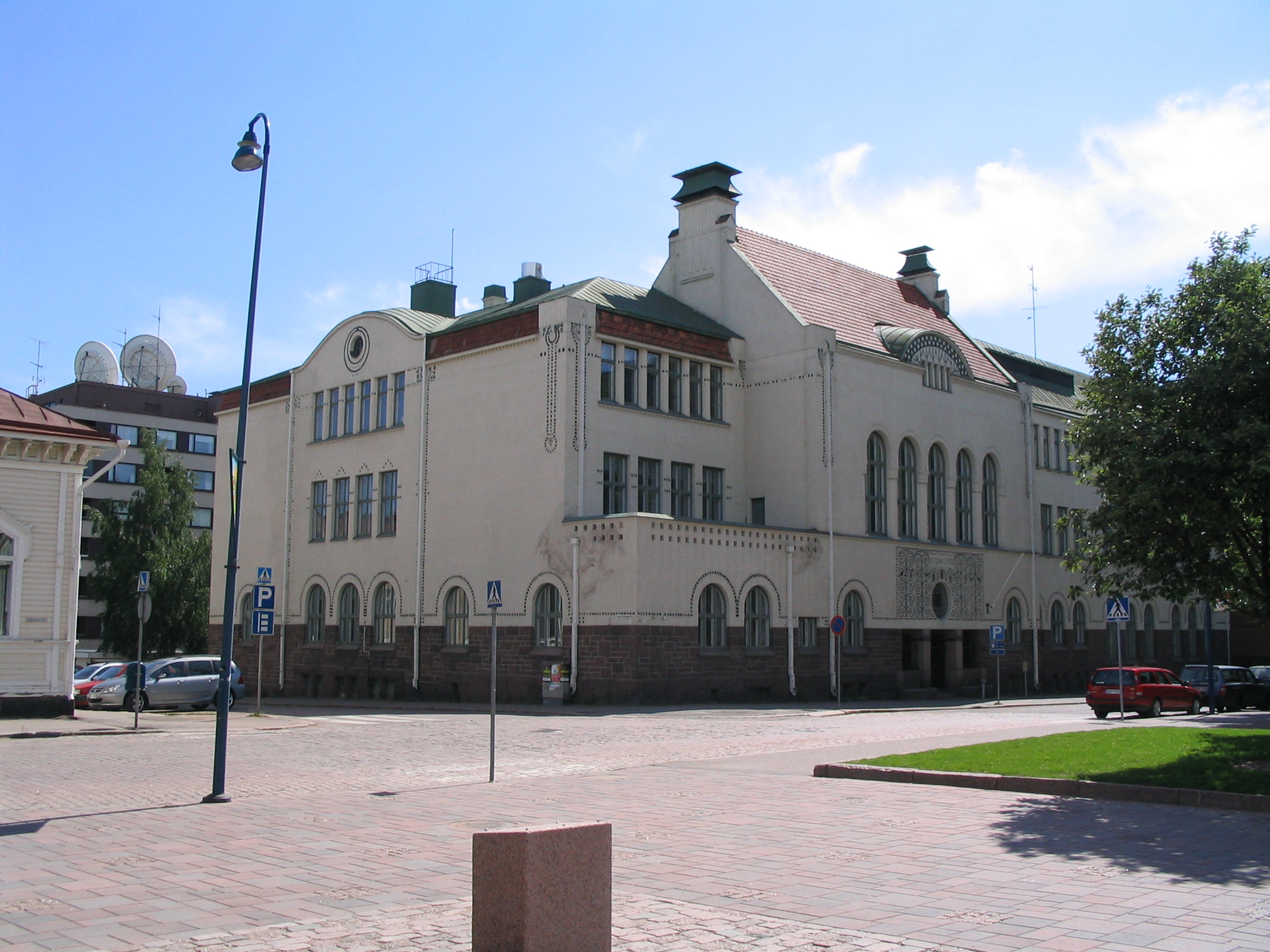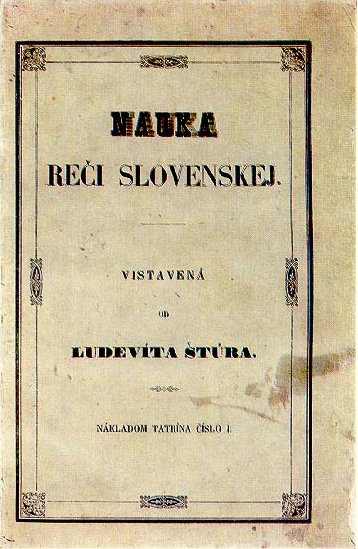|
Kriváň (peak)
Kriváň () is a mountain in the High Tatras, Slovakia, that dominates the upper part of the former Liptov County. Multiple surveys among nature lovers have ranked it as the country's most beautiful peak. Readily accessible along maintained marked trails and with the exceptional vistas afforded from its summit, it is the hikers' favorite mountain in the western part of the High Tatras. Kriváň has also been a major symbol in Slovak ethnic and national activism for the past two centuries. It has been referenced in works of art from 19th-century literature, through paintings, film documentaries, to a Polish rock track. A country-wide vote in 2005 selected it to be one of the images on Slovakia's euro coins. Name The name Kriváň, first recorded as ''Kriwan'' in 1639, is derived from the root ''kriv-'' meaning "bent" or "crooked". It reflects the angled appearance of its shape when viewed from the west and south, characterized in the work from 1639 as an "oxtail" (''cauda bubula' ... [...More Info...] [...Related Items...] OR: [Wikipedia] [Google] [Baidu] |
Poprad District
Poprad District (''okres Poprad'') is a district in the Prešov Region of eastern Slovakia. The district had been established in 1923 and from 1996 exists in its current borders. It consists of 29 municipalities, from which three have a town status. Its seat, cultural and economic center is Poprad, the largest city. Main economic branches are industry and tourism. In Poprad district is located mountain range High Tatras The High Tatras or High Tatra Mountains (; ; ,'' Vysoki Tatry''; ; ), are a mountain range along the border of northern Slovakia in the Prešov Region, and southern Poland in the Lesser Poland Voivodeship. They are a range of the Tatra Mountains ..., top tourist attraction in Slovakia. Municipalities References Districts of Prešov Region {{Prešov-geo-stub ... [...More Info...] [...Related Items...] OR: [Wikipedia] [Google] [Baidu] |
Robert Townson (natural Historian)
Dr Robert Townson MD FRSE LLD (1762–1827) was an English natural historian and traveller, known also a mineralogist and medical man. In 1806 he emigrated to New South Wales. Early life He was born at Richmond, Surrey, the youngest (and illegitimate) child of John Townson (1721–1773) and Sarah Aldcroft née Shewell (1731–1805). His father was a London merchant, his mother was from the Shewell business family, and she was married at the time of his birth to Charles Aldcroft, a haberdasher. His parents married in 1766, and John Townson died in 1774. From 1777 the Townson family were in Shropshire. Townson, however, was an apprentice in Manchester from about the time the family moved. He didn't wish to enter commerce, and led an itinerant life that started around 1783. European travels In 1787 Townson was studying under the chemist Balthasar Georges Sage at the École des Mines. In 1788 he became a student at the University of Edinburgh. He was elected a Fellow of the Royal S ... [...More Info...] [...Related Items...] OR: [Wikipedia] [Google] [Baidu] |
Lyceum
The lyceum is a category of educational institution defined within the education system of many countries, mainly in Europe. The definition varies among countries; usually it is a type of secondary school. Basic science and some introduction to specific professions are generally taught. History ''Lyceum'' is a Latin rendering of the Ancient Greek (), the name of a ''gymnasium (ancient Greece), gymnasium'' in Classical Athens dedicated to Apollo Lyceus. Lyceum (classical), This original lyceum is remembered as the location of the peripatetic school of Aristotle. Some countries derive the name for their modern schools from the Latin but use the Greek name for the ancient school: for example, Dutch has (ancient) and (modern), both rendered ''lyceum'' in English (note that in classical Latin the ''C'' in was always pronounced as a ''K'', not a soft ''C'', as in modern English). The name ''lycée'' was retrieved and utilized by Napoleon in 1802 to name the main secondary educatio ... [...More Info...] [...Related Items...] OR: [Wikipedia] [Google] [Baidu] |
Ľudovít Štúr
Ľudovít Štúr (; 28 October 1815 – 12 January 1856), also known as Ľudovít Velislav Štúr, was a Slovak revolutionary, politician, and writer. As a leader of the Slovak nationalism, Slovak national revival in the 19th century and the codifier of Standard language, standard Slovak language, Slovak, he is lauded as one of the most important figures in Slovak history. Štúr was an Community organizing, organizer of the Slovaks, Slovak volunteer Political campaign, campaigns during the Hungarian Revolution of 1848. He was also a politician, Slovak poetry, poet, journalist, publisher, teacher, philosopher, linguist, and member of the Hungarian Parliament. Biography Early life Ľudovít Štúr was born on 28 October 1815 in Uhrovec, Zayugróc, in the Austrian Empire (in the same house where Alexander Dubček was later born) as the second child of Samuel and Anna Štúr. He was baptized in the Evangelical Lutheran church in Uhrovec. He acquired his basic education, inc ... [...More Info...] [...Related Items...] OR: [Wikipedia] [Google] [Baidu] |
Liptovský Mikuláš
Liptovský Mikuláš (; until 1952 ''Liptovský Svätý Mikuláš'', ; ) is a town in northern Slovakia, on the Váh River, about from Bratislava. It lies in the Liptov region, in Podtatranská kotlina, Liptov Basin near the Low Tatra and Tatra mountains. The town, known as Liptovský Svätý Mikuláš (or Liptovský Saint Nicholas) before communist times, is also renowned as a town of guilds and culture. History From the second half of the 10th century until 1918, it was part of the Kingdom of Hungary. The town of Mikuláš ''(Liptau-Sankt-Nikolaus)'' was first mentioned in the royal deed of King Ladislaus IV of Hungary, Ladislaus IV in 1286. The first written record mentioning the Church of Saint Nicolaus which was to become the founding element of a larger settlement dates back to 1299. The Church of Saint Nicolaus is the oldest building in the town of Liptovský Mikuláš. Mikuláš was one of the foremost important centers of crafts in the Liptov region. The craftsmen fo ... [...More Info...] [...Related Items...] OR: [Wikipedia] [Google] [Baidu] |
Zeman (nobleman)
The Kingdom of Hungary held a noble class of individuals, most of whom owned landed property, from the 11th century until the mid-20th century. Initially, a diverse body of people were described as noblemen, but from the late 12th century only high-ranking royal officials were regarded as noble. Most aristocrats claimed ancestry from chieftains of the period preceding the establishment of the kingdom around 1000; others were descended from western European knights who settled in Hungary. The lower-ranking castle warriors also held landed property and served in the royal army. From the 1170s, most privileged laymen called themselves royal servants to emphasize their direct connection to the monarchs. The Golden Bull of 1222 established their liberties, especially tax exemption and the limitation of military obligations. From the 1220s, royal servants were associated with the nobility and the highest-ranking officials were known as barons of the realm. Only tho ... [...More Info...] [...Related Items...] OR: [Wikipedia] [Google] [Baidu] |
Frederick Augustus II Of Saxony
Frederick Augustus II (; 18 May 1797 – 9 August 1854) was King of Saxony and a member of the House of Wettin. He was the eldest son of Maximilian, Prince of Saxony – younger son of the Elector Frederick Christian of Saxony – by his first wife, Caroline of Bourbon, Princess of Parma. Life Early years From his birth, it was clear that one day Frederick Augustus would become the ruler of Saxony. His father was the only son of the Elector Frederick Christian of Saxony who left surviving male issue. When King Frederick Augustus I died (1827) and Anton succeeded him as King, Frederick Augustus became second in line to the throne, preceded only by his father Maximilian. However, he took no part in the administration of the country. He was an officer in the War of the Sixth Coalition. However, he had little interest in military affairs. Co-Regent to the Kingdom The July Revolution of 1830 in France marked the beginning of disturbances in Saxony that autumn. The peop ... [...More Info...] [...Related Items...] OR: [Wikipedia] [Google] [Baidu] |
Very Important Person
A very important person (VIP or V.I.P.) or personage is a person who is accorded special privilege (legal ethics), privileges due to their high social rank, social status, status, social influence, influence, or Importance (other), importance. The term was not common until sometime after World War II when it was popularised by Royal Air Force pilots. Examples include celebrities, head of state, heads of state or head of government, government, other high-ranking politicians, or any other socially notable person who receives special treatment for any reason. The special treatment usually involves separation from Commoner, common people, and a higher level of comfort or service. Commerce In some cases, such as with Ticket (admission), tickets, VIP may be used as a title in a similar way to ''premium'' or ''exclusive.'' Usually in airports, VIP tickets can be purchased by anyone, but still meaning separation from other customers, own security checks etc. VIP Airport ter ... [...More Info...] [...Related Items...] OR: [Wikipedia] [Google] [Baidu] |
Archduke Joseph, Palatine Of Hungary
Archduke Joseph Anton of Austria (; ; 9 March 1776 – 13 January 1847) was the 103rd and penultimate palatine of Hungary who served for over fifty years from 1796 to 1847, after a period as governor in 1795. The latter half of his service coincided with the Hungarian Reform Era, and he mediated between the government of Francis I, King of Hungary and Holy Roman Emperor and the Hungarian nobility, representing the country's interests in Vienna. He played a prominent role in the development of Pest as a cultural and economic centre; the neoclassical buildings constructed on his initiative define the city's modern appearance. The landscaping of the City Park of Budapest and Margaret Island happened under his supervision. He supported public education, technical higher education, the arts, the construction of railroads, and various progressive-thinking societies and associations. He donated substantially towards the establishment of the Hungarian National Museum, the Hungarian ... [...More Info...] [...Related Items...] OR: [Wikipedia] [Google] [Baidu] |
Friedrich August, König Von Sachsen
Friedrich may refer to: Names *Friedrich (given name), people with the given name ''Friedrich'' *Friedrich (surname), people with the surname ''Friedrich'' Other *Friedrich (board game), a board game about Frederick the Great and the Seven Years' War * ''Friedrich'' (novel), a novel about anti-semitism written by Hans Peter Richter *Friedrich Air Conditioning, a company manufacturing air conditioning and purifying products *, a German cargo ship in service 1941-45 See also *Friedrichs (other) *Frederick (other) *Nikolaus Friedreich Nikolaus Friedreich (1 July 1825 in Würzburg – 6 July 1882 in Heidelberg) was a German pathologist and neurologist, and a third generation physician in the Friedreich family. His father was psychiatrist Johann Baptist Friedreich (1796–18 ... {{disambig ja:フリードリヒ ... [...More Info...] [...Related Items...] OR: [Wikipedia] [Google] [Baidu] |
Spišská Nová Ves
Spišská Nová Ves (; ; ) is a town in the Košice Region of Slovakia. The town is located southeast of the High Tatras in the Spiš region, and lies on both banks of the Hornád River. It is the biggest town of the Spišská Nová Ves District. Tourist attractions nearby include the medieval town of Levoča, Spiš Castle and the Slovak Paradise National Park. A biennial music festival, ''Divertimento musicale'', is held here, attracting amateur music ensembles from all over Slovakia. Names and etymology The town originated by merging an older Slavs, Slavic settlement ''Iglov'' and a more recent settlement of German colonists (, , - literally New Village).Martin Štefánik – Ján Lukačka et al. 2010, Lexikón stredovekých miest na Slovensku, Historický ústav SAV, Bratislava, 2010, p. 446, . http://forumhistoriae.sk/-/lexikon-stredovekych-miest-na-slovensku Iglov is probably derived from a Slavic word ''igla'' (Proto-Slavic ''igъla'', ''jьgъla'', modern Slovak langua ... [...More Info...] [...Related Items...] OR: [Wikipedia] [Google] [Baidu] |







